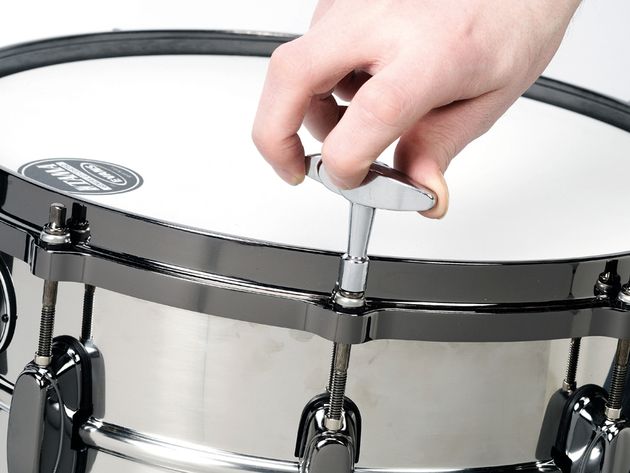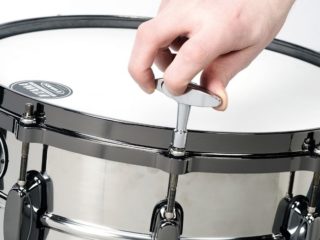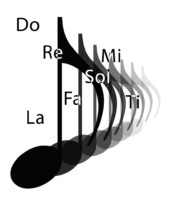
Tuning a drum is not an overly complicated process, but it does require a little “know how”. The two most important things to consider are:
- Getting the drum to sound good
- it must be in tune with itself (all places you hit should be the same pitch), and
- for a drum kit, each drum must be in tune with the rest of the drums
- Making sure you do not over-tighten the drum as to damage the drum head
Below are a few of my favorite videos that walk you through this process simply. The first is a quick, simple tutorial to get you started:
This next tutorial is longer and more comprehensive. It also involves the full process of changing the drum heads (the place where you hit the drum with the stick). In some ways, this tutorial uses a slightly different technique than the first video, so it shows that there is no one right way to tune a drum, as long as you have the same two goals as I listed above.
Getting the best sound on a budget
In both tutorials above, they are using Evans drum heads, which are far more expensive than the drum heads that come with acoustic drum kits currently recommended on this site for beginners.
As such, you will likely notice that “wah-oh” sound mentioned in the second video (at 5:05), even with a perfectly tuned drum.
To get rid of this, it works well to place something on the drum head to muffle the sound. I just use a folded up tissue with a piece of tape over it (you can see this on the drums I have at school).
Here is a video with a few other options and a better explanation how to do this:





One response to “Tuning Your Drums for the Perfect Sound”
[…] After that, you will need a quick tuning. […]